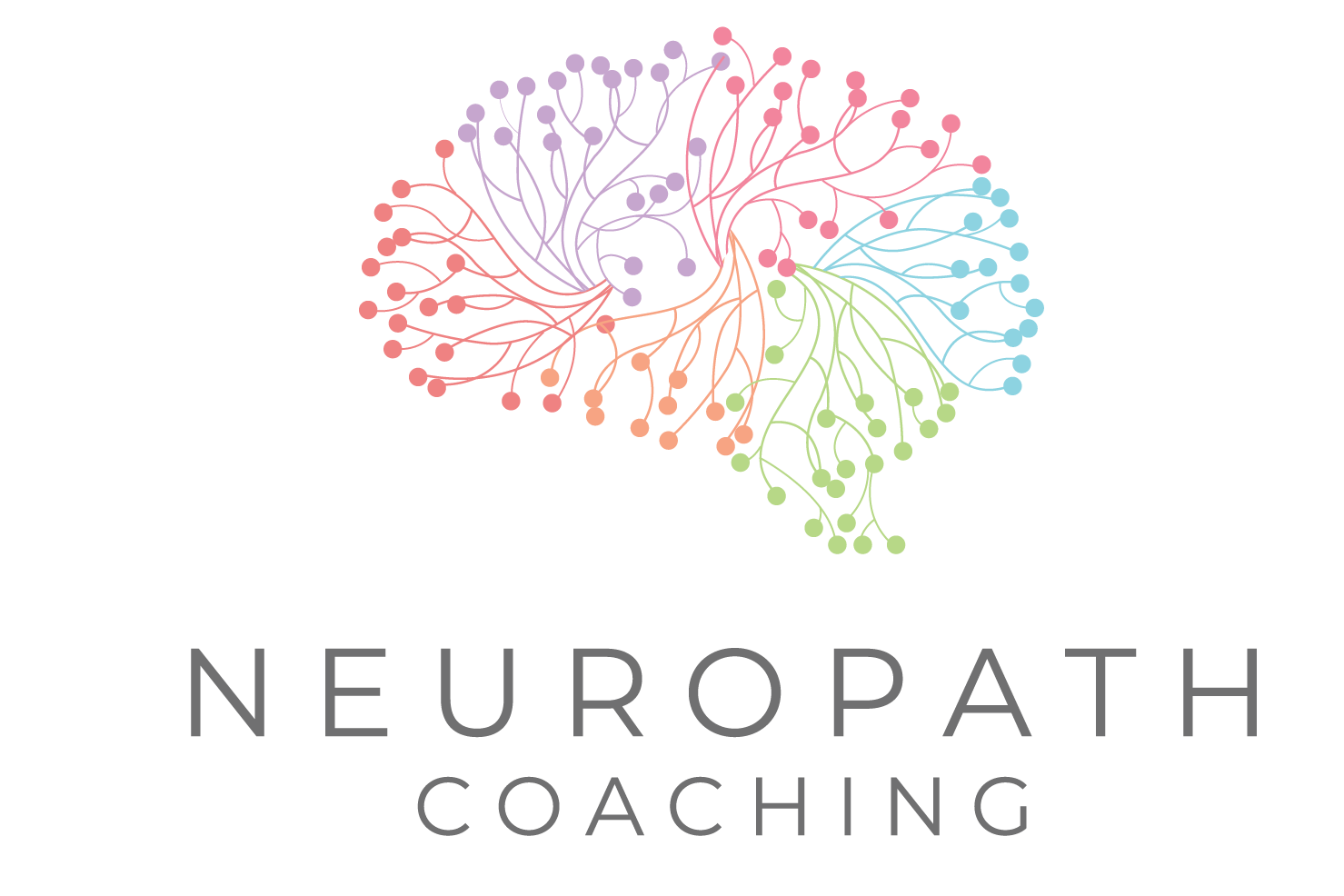We live in a culture of go go go. Finish the email. Make the call. Tidy the kitchen. Answer the message. Post the reel. Write the newsletter 🙂
So much of our life happens in motion that stopping — truly stopping — can feel foreign. Even indulgent.
But while the world may demand momentum, your brain was built for rhythm.
It was never designed to sprint endlessly. It was designed to pulse — moments of effort, followed by intentional rest. One activates attention; the other activates insight.
Without pause, we don’t just burn out. We forget how to hear ourselves.
There’s something quietly rebellious about choosing to stop. So shall we learn how to be rebels? Let us take a look.

What’s happening in your brain when you pause?
When we stop doing and allow the mind to wander, the Default Mode Network (DMN) switches on. This isn’t a lazy network — it’s one of the most metabolically active systems in your brain.
The DMN helps with:
Memory consolidation – linking past experiences with present understanding
Self-reflection – forming your sense of self and identity
Theory of mind – imagining others’ thoughts and perspectives
Future planning – rehearsing future scenarios and decisions
In fact, researchers have found that the DMN activates in those quiet, drifting moments — like when you’re in the shower or taking a walk — right before a creative breakthrough hits.
Einstein used it. Virginia Woolf wrote about it. Neuroscientists scan it.
We ignore it.
A deeper cost of always being “on”
Constant stimulation — from emails, social media, news — puts our brains into a state of attentional fatigue. We become less capable of distinguishing signal from noise. This depletes the prefrontal cortex, the part of your brain responsible for decision-making, emotional regulation, and executive function.
Pausing is like plugging back into the charger.
It restores your capacity to think clearly, feel deeply, and connect meaningfully.
Reclaim the pause: three practices to try this week
- The still point
Once today, sit without your phone and simply look out of the window for 3 minutes. Notice what your brain does when it’s not being directed. This is your creative recovery space. (Set a timer on your phone and put it in a different room) - The “hinge” habit
Choose one transition point in your day — finishing work, putting kids to bed, before lunch — and insert a 60-second breath pause. This hinge helps your nervous system reset. (Try to use a clock instead of your phone) - The sacred drift
Take one walk this week without a destination or distraction. Let your thoughts meander. Your brain will naturally start making connections you weren’t aware of needing. (Leave your phone at home, if this is safe to do)
What’s the neuroscience really saying?
In the gaps between doing, your brain forms meaning.
In the silence, you integrate what you’ve learned.
In the space between tasks, your creativity shines.
Pausing isn’t avoidance.
It’s preparation.
A coaching prompt for your journal:
What part of me is waiting for silence to speak?
Let’s stop treating stillness like it’s indulgent. It’s the birthplace of insight, compassion, and sustainable action.
If you enjoyed this article, please subscribe and join the community to recieve our weekly newsletter with the latest insights!
